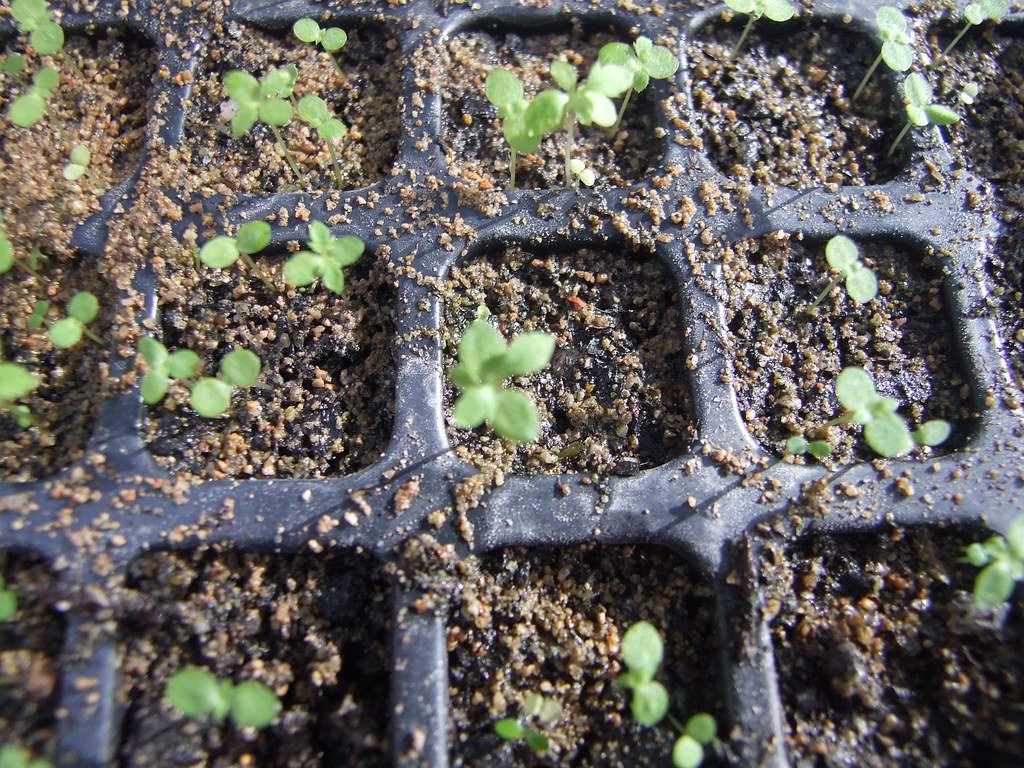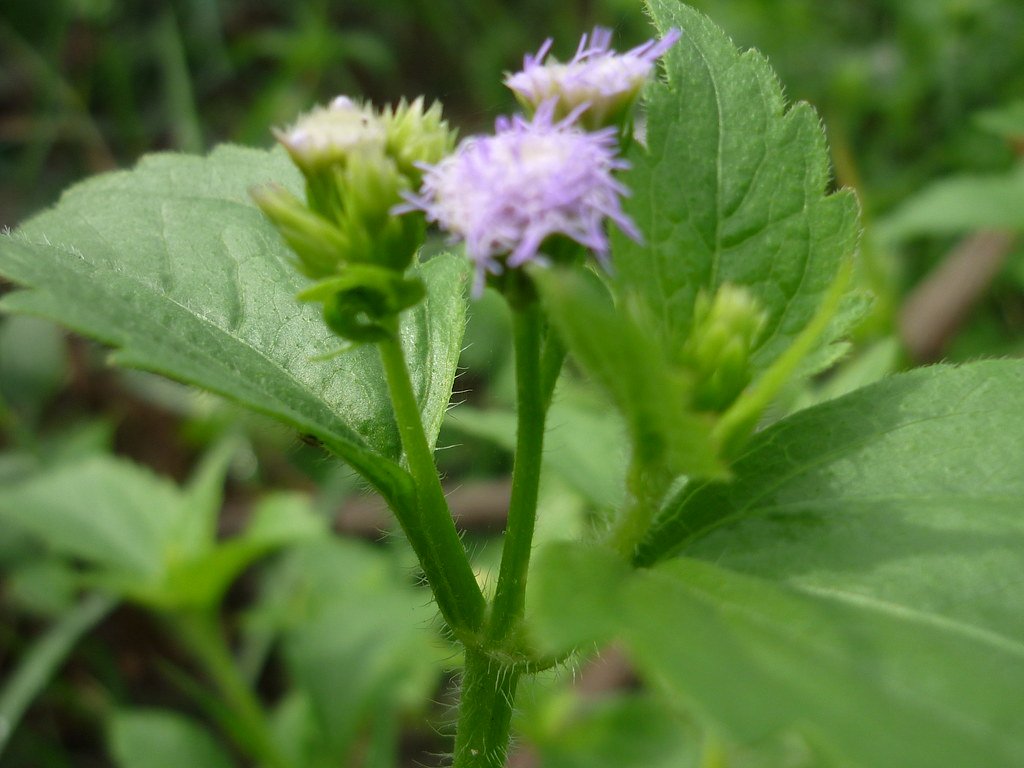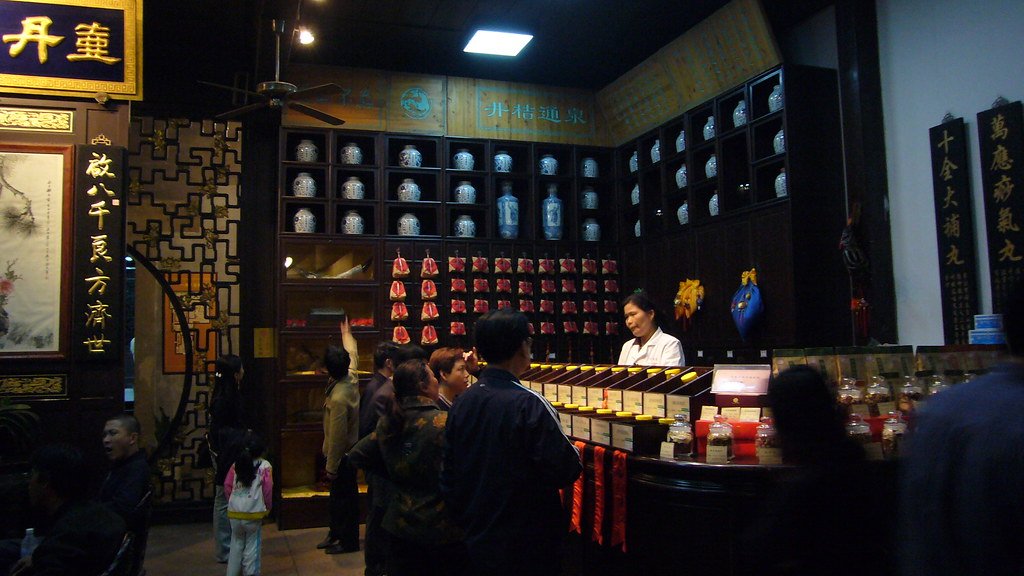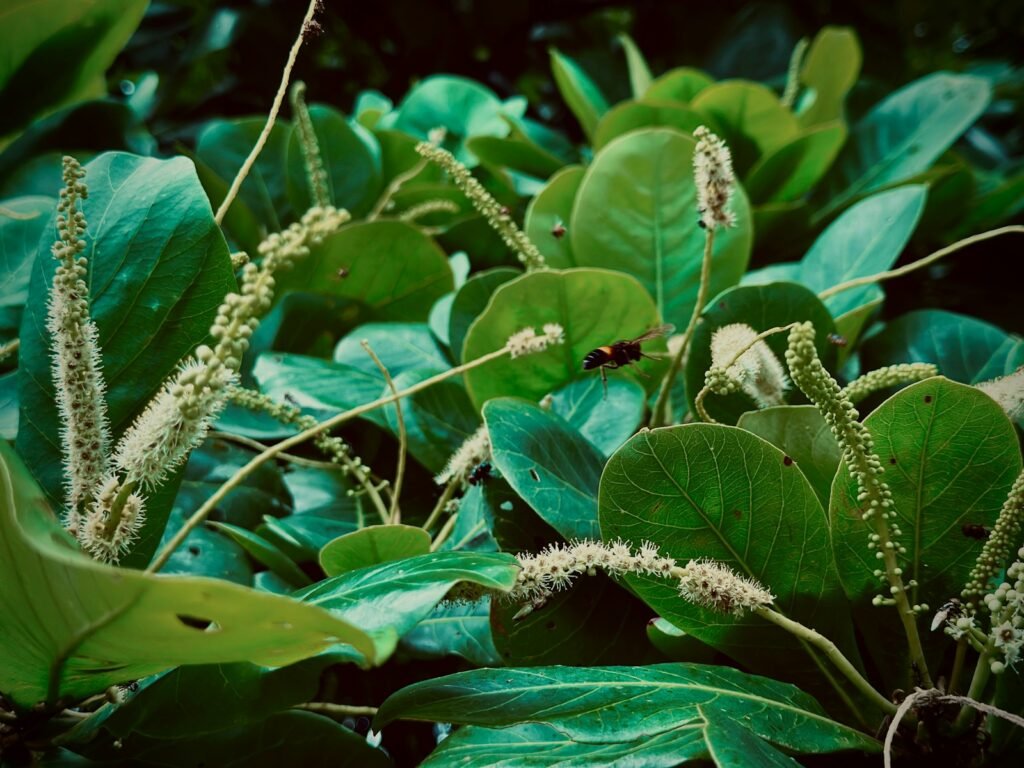Picture this: you’re browsing through your grandmother’s dusty recipe box and suddenly discover handwritten notes about brewing willow bark tea for headaches or using lavender oil to help with sleep. These aren’t just quaint family traditions – they might actually be ancient pharmaceutical formulas disguised as folk wisdom. The world of herbal medicine sits at a fascinating crossroads where mystical traditions meet modern science, and the results are more surprising than you might expect.
When Witches Were Actually Chemists

The line between ancient herbalism and early chemistry is blurrier than most people realize. Those medieval “wise women” weren’t just mixing random plants in cauldrons – they were conducting systematic experiments based on generations of careful observation. Traditional medicine and traditional knowledge have contributed to breakthrough medical discoveries and there is a long history of herbal medicine being translated into effective treatments for health conditions. Think about it: before pharmaceutical companies existed, every culture developed sophisticated healing systems using local plants. These weren’t superstitions but survival strategies refined over centuries. The fact that up to 80% of the world’s population continues to rely on herbal remedies, according to the World Health Organization (WHO) suggests there’s more to these ancient practices than meets the eye.
The Aspirin Revolution: From Willow to Wonder Drug

Here’s where things get really fascinating. The discovery of aspirin drew on traditional medicine formulations using the bark of the willow tree, proving that some of those old herbal remedies were spot-on. Ancient healers somehow figured out that willow bark could ease pain and reduce fever – something we now know is due to salicin, which the body converts to salicylic acid. Modern scientists didn’t discover aspirin; they just figured out why grandmother’s willow bark tea actually worked. The Greeks and Egyptians, among other ancient civilizations, used willow bark as an analgesic. During the 19th century, scientists effectively extracted the active ingredient, acetylsalicylic acid, which brought about a significant transformation in the treatment of pain and control of inflammation. This pattern repeats throughout medical history, making you wonder what other “folk remedies” are actually undiscovered medicines.
The Chemistry Behind Ancient Wisdom

Plants are nature’s original pharmaceutical factories, churning out complex chemical compounds for their own survival. Many plants produce chemical compounds for defence against herbivores. Plants synthesize phytochemicals for many reasons, including to protect themselves against insect attacks and plant diseases. These protective compounds – called phytochemicals – often happen to have beneficial effects on human health too. The compounds found in plants are of many kinds, but most can be grouped into four major biosynthetic classes: alkaloids, phenylpropanoids, polyketides, and terpenoids. Each class contains hundreds of different molecules, many of which modern medicine is still trying to understand and synthesize artificially.
From Foxglove to Heart Medicine

One of the most dramatic examples of herbal wisdom proving scientific comes from the foxglove plant. The plant was used to treat heart conditions long before the glycoside was identified. Digoxin is used to treat atrial fibrillation, atrial flutter and sometimes heart failure. Traditional healers somehow knew this beautiful but dangerous flower could help failing hearts – centuries before anyone understood cardiac glycosides or even how the heart worked. Today, digoxin remains a crucial medication for certain heart conditions. The precision required to use foxglove safely (too little does nothing, too much kills) suggests these early practitioners had developed remarkably sophisticated dosing methods through trial and careful observation.
The Malaria Mystery Solved by Ancient Chinese Texts

Perhaps the most celebrated example of traditional knowledge leading to modern breakthroughs is artemisinin, the antimalarial drug that won Tu Youyou the Nobel Prize. Nobel-prize winning research on artemisinin for malaria control started with a review of ancient Chinese medicine texts. Chinese herbalists had been using sweet wormwood (Artemisia annua) to treat fevers for over 1,500 years, but Western medicine dismissed it as superstition. It took a systematic scientific investigation of traditional Chinese medical texts during the 1970s to rediscover this life-saving compound. Today, artemisinin-based treatments are the frontline defense against malaria worldwide, saving millions of lives annually.
The Birth Control Revolution Hidden in Wild Yams

The development of hormonal birth control pills provides another stunning example of ancient plant wisdom meeting modern science. The contraceptive pill was developed from the roots of wild yam plants. Indigenous peoples in Mexico had long used wild yam roots for various health purposes, including regulating women’s reproductive cycles. When scientists finally analyzed these roots, they discovered diosgenin, a compound that could be converted into progesterone and other hormones. This discovery revolutionized family planning and women’s health worldwide. The sophistication required to identify and use such plants for reproductive health suggests our ancestors possessed remarkably detailed knowledge of human physiology and plant chemistry.
Cancer Fighters Growing in Madagascar

The story of the Madagascar periwinkle reads like a modern fairy tale with a scientific twist. Child cancer treatments have been based on the rosy periwinkle. Traditional healers in Madagascar used this humble flower to treat diabetes, but when researchers investigated, they discovered something unexpected: the plant contained powerful compounds that could fight certain cancers. Today, vincristine and vinblastine, derived from the rosy periwinkle, are essential chemotherapy drugs for treating childhood leukemia and other cancers. Without traditional knowledge pointing scientists in the right direction, these life-saving compounds might never have been discovered.
The Modern Phytochemical Boom

Today’s scientists are having a field day analyzing traditional herbal remedies with modern technology. Phytochemicals are plant-based bioactive compounds produced by plants for their protection. They can be derived from various sources such as whole grains, fruits, vegetables, nuts, and herbs, and more than a thousand phytochemicals have been discovered to date. These compounds possess strong antioxidant activities and exhibit antimicrobial, antidiarrheal, anthelmintic, antiallergic, antispasmodic, and antiviral activities. The sheer number of bioactive compounds being discovered in traditional medicinal plants is staggering. Each plant can contain dozens or even hundreds of different chemical compounds, creating complex therapeutic effects that single synthetic drugs often can’t replicate.
When AI Meets Ancient Herbalism

The integration of artificial intelligence into herbal medicine research is creating unprecedented opportunities for discovery. The incorporation of artificial intelligence (AI) with herbal medicine research represents a substantial leap in drug development, customized healthcare, and therapeutic innovation. AI technologies have emerged, providing fresh answers to these challenges and revealing herbal medicine’s untapped potential. Modern AI can analyze thousands of traditional remedies simultaneously, identifying patterns and potential active compounds that would take human researchers decades to uncover. AI has the potential to play a significant role in ensuring the quality, authenticity, and standardization of herbal products. With the increasing demand for herbal products, the need for accurate and efficient methods for quality control and authentication is crucial.
The Turmeric Truth: More Than Just Hype

Turmeric might be the poster child for how traditional remedies gain scientific validation, but it’s also a cautionary tale. While turmeric has genuine anti-inflammatory properties thanks to curcumin, many phytochemicals, including curcumin, epigallocatechin gallate, genistein, and resveratrol are pan-assay interference compounds and are not useful in drug discovery. This means that while these compounds show activity in laboratory tests, they often don’t work the same way in the human body. Traditional use of turmeric in cooking and medicine might still be beneficial, but the path from lab dish to medicine cabinet is more complex than social media influencers would have you believe.
The Standardization Challenge

One of the biggest hurdles in validating herbal medicine is the wild variability in plant preparations. Clinical products must be produced by GMP from source materials acquired through good agriculture and collection practices (GACP), be botanically validated, be chemically and/or biologically standardized, and their stability be established. The research on herbal medicines for the integrated medical use must begin with the acquisition and QC of source materials and processed starting materials. Unlike synthetic drugs, which are identical batch after batch, herbal preparations can vary dramatically based on growing conditions, harvesting time, processing methods, and storage. A chamomile tea made from flowers picked in spring might have completely different potency from one made with summer-harvested plants.
The Placebo Problem and Beyond

Critics often dismiss herbal medicine as purely placebo effect, but the reality is more nuanced. Evidence for the effectiveness of herbal medicines is generally very limited. Although some people find them helpful, in many cases their use tends to be based on traditional use rather than scientific research. However, this doesn’t automatically mean they don’t work – it often means they haven’t been studied properly yet. Around 40% of pharmaceutical products today have a natural product basis, suggesting that dismissing plant-based medicine entirely would be scientifically irresponsible. The challenge lies in separating genuinely effective traditional remedies from those that persist purely through cultural tradition.
The Global Herbal Medicine Explosion

The worldwide market for herbal medicine is experiencing explosive growth, driven partly by scientific validation of traditional remedies. The global herbal medicine market size will expand from USD 105.24 billion in 2025 to approximately USD 580.81 billion by 2034. This isn’t just about consumer trends – it reflects increasing scientific interest in natural compounds and growing evidence for their therapeutic potential. The WHO has stated that trade in medicinal plants, herbal raw materials, and herbal drugs is growing at annual growth rate of about 15%. Modern pharmaceutical companies are investing heavily in discovering new drugs from traditional plant medicines, recognizing that indigenous knowledge can provide valuable shortcuts in the lengthy drug development process.
The Safety Reality Check

While many herbal remedies prove scientifically valid, the “natural equals safe” assumption can be dangerous. Recent findings indicate that all herbal medicines may not be safe as severe consequences are reported for some herbal drugs. Most herbal products on the market today have not been subjected to drug approval process to demonstrate their safety and effectiveness. The foxglove example illustrates this perfectly – the same plant that provides life-saving heart medication can also be deadly if used incorrectly. Traditional healers understood these risks and developed careful protocols for using dangerous plants safely, knowledge that often gets lost in modern commercial preparations.
The Dosage Dilemma

One of the trickiest aspects of translating traditional herbal knowledge into modern medicine is figuring out proper dosages. Traditional healers often used complex preparation methods, specific plant parts, particular harvesting times, and individualized dosing based on the patient’s condition. Modern herbal supplements often oversimplify these traditional methods, leading to products that may be either ineffective (too weak) or potentially harmful (too strong). The reflux method is widely used for the extraction, quantification, and evaluation of various phytochemicals and essential oils from plant sources. The average extraction temperature and time using mixed solvents (water and ethanol) have been reported to be 60–80 °C and 80–120 min, respectively. The complexity of traditional preparation methods suggests that traditional healers understood far more about extracting and concentrating active compounds than they often get credit for.
Modern Research Validates Ancient Combinations

One of the most intriguing discoveries in herbal medicine research is that traditional healers often combined plants in ways that modern science is only beginning to understand. It was found that the formula significantly inhibited the release of several inflammatory mediators, including histamine and prostaglandins, which led the researchers to conclude that it has multiple mechanisms and that potential synergistic effects of the individual herbal constituents could all have contributed to the actions of the formula. These combinations weren’t random – they were carefully developed formulas that took advantage of how different plant compounds could work together. Modern researchers are discovering that some plant combinations are more effective than the sum of their individual parts, validating traditional approaches to herbal formulation.
The Future of Evidence-Based Herbalism

The gap between traditional herbal wisdom and modern scientific validation is rapidly closing. The solution to this is in creating partnerships between traditional herbal practitioners and modern scientists. Traditional healers hold generations of practical knowledge about botanicals (even what time of the year is the best time to acquire those remedies), while researchers have the tools to test and refine these remedies. By working together, they can not only validate herbal treatments but also unlock new ones. This collaborative approach respects traditional knowledge while applying rigorous scientific methods to understand how and why these ancient remedies work.
Beyond the Laboratory: Real-World Applications

The most compelling evidence for herbal medicine often comes not from laboratory studies but from real-world use. Plant phytochemicals stand out as a diverse and promising category of compounds with profound implications for human health. Recent advances in the discovery and understanding of these phytochemicals have unveiled a wealth of opportunities that could revolutionize medicine, nutrition, and even environmental as well as agricultural sustainability. Traditional healing systems developed through centuries of human experimentation – a kind of massive, long-term clinical trial involving millions of people across countless generations. While this doesn’t replace modern clinical testing, it provides a valuable foundation of safety and efficacy data that pharmaceutical companies spend billions trying to generate.
The intersection of ancient herbal wisdom and modern science reveals a fascinating truth: our ancestors were often right, even when they didn’t understand why. From aspirin to birth control pills, from heart medications to cancer treatments, the path from traditional plant medicine to modern pharmacy is well-traveled and scientifically validated. Today’s researchers aren’t debunking folk medicine – they’re explaining how it works and making it safer and more effective. The green witch stirring her cauldron might have been onto something after all, and modern science is finally catching up to prove it. The next time you dismiss an herbal remedy as mere superstition, remember that today’s life-saving medications were yesterday’s folk wisdom, waiting for science to explain their secrets.



